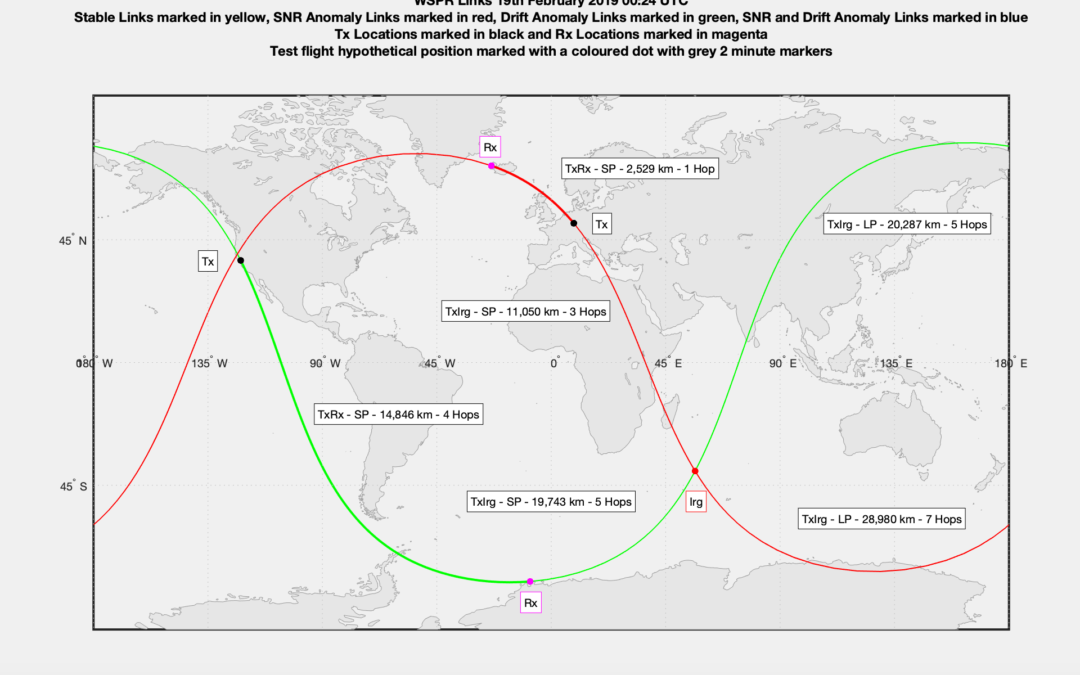
by Richard Godfrey | Aug 29, 2021 | WSPR
A former Qantas pilot, has set a new blind test for GDTAAA and the WSPRnet data. The departure was on 3rd June 2021 at 03:28 UTC (actually leaving the runway) at an approximate position of 13.830 °S 172.000 °W as this is not shown on ADS-B. The aircraft was an Airbus...

by Richard Godfrey | Jul 31, 2021 | WSPR
A new aircraft tracking technology is nearing readiness for the MH370 search. Significant progress has been achieved in refining a fascinating new technology, Weak Signal Propagation Reporter (WSPR), which is a digital radio communication protocol that is providing...

by Richard Godfrey | May 15, 2021 | WSPR
New MH370 breakthrough tracking technology passes another validation test. I have used an MH370 search aircraft from the Royal New Zealand Air Force on March 28th, 2014 to help validate this new technology called GDTAAA (Global Detection and Tracking of Aircraft...

by Richard Godfrey | May 9, 2021 | WSPR
A new paper on the search for MH370 and WSPR technology based on the public quotes from Brian AndersonEd AndersonJohn ChambersMike EichhornMike ExnerGeorge GatehouseRichard GodfreyFrank HolzäpfelVictor IannelloAri Joki et al.Arto LehtolainenJianbing Li et al.Jean Luc...

by Richard Godfrey | May 4, 2021 | WSPR
In a previous paper entitled “Using the WSPRnet and Inmarsat Satellite data in the search for MH370” published on 14th April 2021, I showed how the weak signal propagation report network (WSPRnet) and the Inmarsat satellite data can be used in conjunction with...

by Richard Godfrey | Apr 3, 2021 | WSPR
The Weak Signal Propagation Report (WSPR) is based on a protocol invented by Joe Taylor. WSPR is a digital radio communication protocol designed for weak signal transmission. WSPR uses frequency-shift keying and forward error correction to reliably send data tens of...








Recent Comments